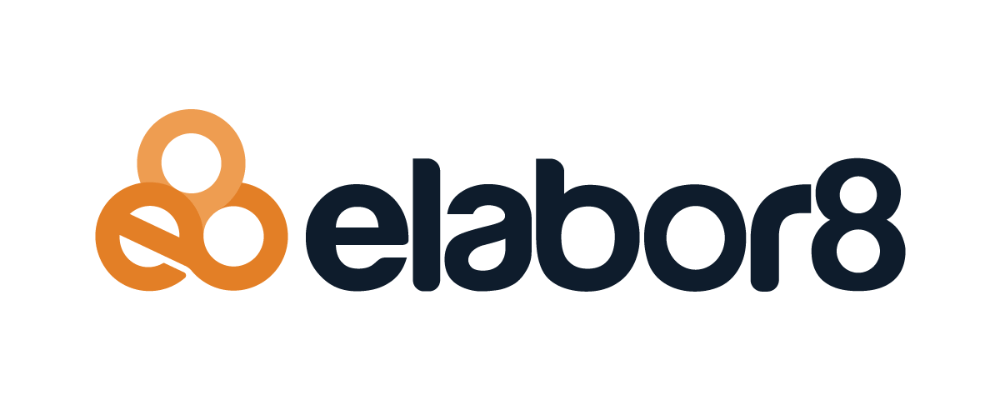Elabor8 customer, one of Australia’s largest banks with almost 40,000 employees, underwent a major enterprise-wise transformation. The aim was to introduce a fresh operational approach that would improve its response to customer needs, empower staff and enable productivity.
While this drove positive change across much of the business, the new model didn’t seem to translate on the ground to the home lending business unit, which needed to work effectively with external providers who had not been integrated fully into the model due to the complex operating structure.
The challenge
Despite trying to work in a more agile way, the need to work with other parties meant a waterfall approach still mostly applied. A team of bank business analysts wrote requirement documents, which were implemented by an external software development company, and then sent to a third party for testing, before the results were sent back to the bank for resolution.
This waterfall approach meant collaboration was limited, which led to poor quality and slow delivery.
According to Elabor8’s project lead, while the business unit and the external vendors were united about the outcomes, this inefficient operating model meant relationships between the three parties were becoming tense.
‘It was taking too long to make changes and the leadership team could see the hostility between the different groups involved. Everyone wanted to show that they were doing a good job, but they weren’t set up for success. The leaders could see all of that, but they didn’t know how to deal with it,’, said Elabor8’s Senior Consultant.
A redesign was vital, one that addressed the cultural pain points, fostered a more collaborative environment between the bank and its vendors and promoted joint accountability for outcomes. Elabor8 was engaged to help co-design and implement this new operational model to meet these goals.
The process
Elabor8 conducted a thorough analysis of the landscape and ran a series of workshops with all three parties to ideate, design and test possible new operating models.
‘We got everyone into the same room and said, “What would it look like if you all collaborated? What would set you up for success?” Once all parties agreed on a way forward, we worked together to co-design a model of how they wanted to work as one team instead of three separate teams’, said Elabor8’s Senior Consultant.
After making a final recommendation, Elabor8 worked with the three parties to implement the new model.
The solution
Elabor8 recommended and implemented a teaming model, one that would ensure proper engagement, understanding, alignment and confidence in solutions across the three parties.
The new operational model included:
- A delivery process that starts with understanding the problem right through to release, describing how all parties would be involved at all stages.
- A practice of collaboration between the parties, including daily stand-ups and story kick off sessions, with face-to-face communication that sees them working together to deliver working software in sprints and patterns for working through changes and ambiguity.
- Collaborating as one team to define the work so sprints could be run without impediments.
Elabor8 Senior Consultant expressed, ‘Changing the way that you work is a challenge. People adapt at different rates and our default behaviour is to go back to the way that we’ve done things before. For example, in the early days, people would go to emails where they should have been going to conversations. Once the model was mutually agreed upon, it was our job to put new methods in place and work with everyone to embed them in practice and culture.’
The results
Before it was even fully implemented, improvements were noticed across the three target areas of culture, quality, and speed.
The once disparate teams got to know each other, gained respect for each other, and started treating each other like people. Most importantly, they believed in the new operating model, which boosted their confidence, improved output, and raised job satisfaction exponentially.
This allowed them to work collaboratively throughout the delivery process, better navigate change, and share accountability for issues and solutions rather than looking to defend.
This increased collaboration meant faster feedback, which in turn meant faster identification of bugs, reducing the average time taken to find defects from 98 days to 24 days, a number which continued to reduce.
As a result, packages were able to be deployed weekly instead of infrequently with large gaps.
‘They used to do everything in big blocks and wouldn’t test until they’d developed the whole iteration. So, they’d get hundreds of bugs months after the development had started. If there were issues, untangling was challenging, because they’d built such a huge thing. In sprints, they get feedback as they go, get everyone in a room together, brainstorm issues and build in a week or two what previously took months.’
Last thoughts
Making changes to the operating model created an environment that made it possible to change the culture for the better. Moving from a culture of blame to a culture of collaboration allowed these previously siloed teams to lean into problems and solve them together in a way that was not previously possible.
Elabor8 stayed on board until the new operational model was sufficiently implemented, bearing witness to a huge cultural shift for the better and the creation of a work environment that gets the best out of people.
“Elabor8 was born out of our experience in digital-first companies which gives us a respect for the power of digital, but also an appreciation of the other element required for success. People.
It’s only through having a human-centric approach to digital transformation—a focus on both your customers and your people—that you can deliver and sustain true transformational change. We’re driven to empower your people to innovate and to solve problems by learning to think differently. And to help your organisation to overcome barriers, giving you a strong platform for growth.”
Please visit the firm link to site


